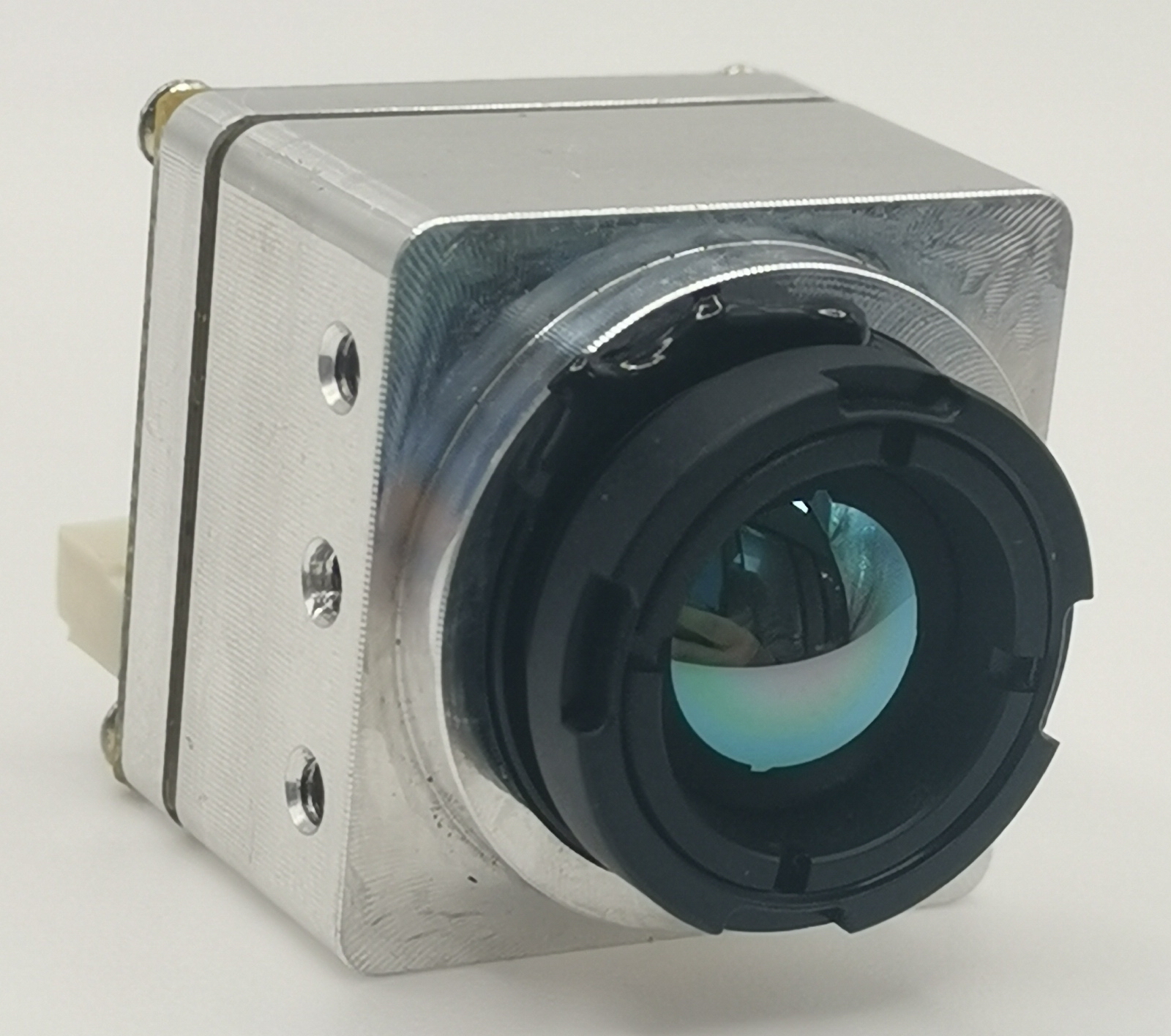2024 Guide to Drones with Thermal Imaging: Everything You Need to Know

Exploring Thermal Imaging
Drones equipped with cutting-edge thermal imaging technology bring a new dimension to a wide range of applications. This advanced capability allows thermal drones to offer enhanced vision and data collection, making them invaluable for various industries. The benefits of thermal drone technology extend to sectors such as agriculture, public safety, and environmental monitoring, where the ability to detect heat variances plays a crucial role. With their unique capabilities, thermal drones are revolutionizing the way we approach tasks that were once limited by traditional visual imaging methods.
Thermal Imaging Technology
How Thermal Imaging Works
Thermal imaging technology operates by utilizing infrared radiation to detect heat signatures emitted from objects and living organisms. This process involves the use of specialized sensors that can capture these heat signatures, which are then translated into visible images for analysis. The captured data provides valuable insights into temperature differentials, allowing for the identification of variations in thermal patterns.
Applications of Thermal Imaging in Drones
Search and Rescue Operations: Thermal drones are instrumental in search and rescue missions, as they can detect body heat signatures even in challenging environments or low-light conditions. This capability significantly enhances the chances of locating individuals in need of assistance.
Agricultural Monitoring: In agriculture, thermal drones play a vital role in monitoring crop health and irrigation practices. By detecting variations in plant temperatures, these drones enable farmers to identify areas requiring attention and optimize their irrigation strategies accordingly.
Advantages of Thermal Drones
Enhanced Vision in Challenging Conditions
In low-light or obscured environments, thermal drones offer enhanced vision capabilities, providing clear visibility where traditional visual imaging may fall short. This makes them particularly valuable for surveillance and security purposes, allowing for effective monitoring even in challenging conditions.
Efficiency and Cost-Effectiveness
Thermal drones streamline operations by reducing the need for manual inspections, ultimately saving both time and resources. With their ability to cover large areas efficiently, they offer a cost-effective solution for aerial inspections and monitoring, making them an attractive option for various industries seeking efficient data collection and analysis.
By harnessing the power of thermal imaging technology, these drones provide unparalleled advantages that extend across multiple sectors, from public safety to industrial applications.
Regulations and Best Practices
Legal Considerations for Thermal Drone Usage
Operating thermal drones comes with legal considerations that must be adhered to for responsible and lawful use. Understanding the regulations surrounding thermal drone usage is essential to ensure compliance and safety.
Certifications and Permissions: Regulations mandate that operators obtain appropriate certifications for flying thermal drones. This ensures that operators are well-versed in the safe and effective operation of these advanced aerial systems.
Restricted Areas: There are strict restrictions on flying thermal drones near sensitive areas such as airports, government facilities, and other restricted zones. Adhering to these restrictions is crucial to maintain safety and security.
Best Practices for Operating Thermal Drones
When operating thermal drones, it is important to follow best practices to ensure safe and efficient use of this technology.
Pre-flight Checks: Operators should conduct thorough pre-flight checks to ensure that both the drone and the thermal imaging system are functioning optimally. This includes inspecting the overall condition of the drone, verifying battery levels, and ensuring proper calibration of the thermal imaging equipment.
Safety Measures: Maintaining a safe distance from people, property, and restricted areas during drone operations is paramount. This helps prevent potential accidents or disruptions while ensuring the safety of individuals and property in the vicinity.
By adhering to legal requirements and implementing best practices, operators can harness the full potential of thermal drones while upholding safety standards and regulatory compliance.
Comparing Thermal and Traditional Drones
Capabilities and Limitations of Traditional Drones
Traditional drones, equipped with visual cameras, have inherent limitations when operating in low-light conditions. The reliance on visual imaging restricts their effectiveness in environments with reduced visibility or during nighttime operations. While they excel in general aerial photography and videography, their utility diminishes when faced with the challenges of low-light or obscured surroundings.
Advantages of Thermal Drones over Traditional Drones
Thermal drones offer a significant advantage over traditional drones due to their ability to provide valuable data across various industries. In sectors such as construction, public safety, and environmental monitoring, thermal drones play a pivotal role by detecting heat variances that are imperceptible to visual cameras. This unique capability makes thermal drones indispensable for specific applications where the identification of thermal patterns is essential for accurate analysis and decision-making.
Unleashing the Potential of Thermal Drones
Thermal drones, with their advanced thermal imaging technology, have unlocked a new realm of possibilities across diverse industries. By harnessing the power of infrared technology, these drones offer unparalleled capabilities for applications ranging from search and rescue missions to precision agriculture and industrial inspections. Understanding the regulations governing their use is crucial to ensure compliance and responsible operation.
Embracing Technological Advancements: Thermal drones represent a leap forward in aerial data collection, providing insights that were previously inaccessible with traditional visual imaging methods.
Incorporating thermal drones into operational workflows requires a comprehensive understanding of their capabilities and the legal framework within which they operate. As technological advancements continue to evolve, the potential for thermal drones to revolutionize various sectors remains on an upward trajectory.
Contact Us: iSun Digitech Limited Ms. Coco Huang E-mail: sales@iasun.cn WhatsApp/Wechat: +86 13510421923
See Also
Comprehensive Guide to Thermal Imaging Drones
Versatile Thermal Imaging Cameras for Drones with Night Vision
Benefits of Thermal Imaging Camera for Drone Field Equipment
Contact Us: Ms. Coco Huang
E-mail: sales@iasun.cn
WhatsApp/Wechat: +86 13510421923

